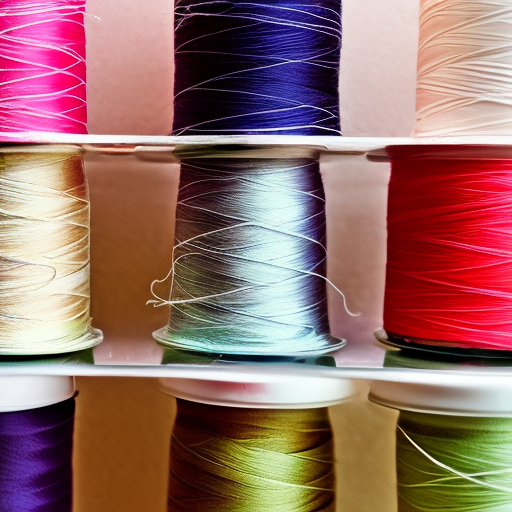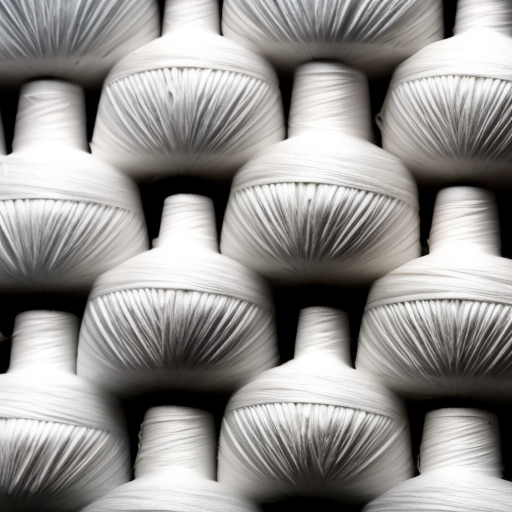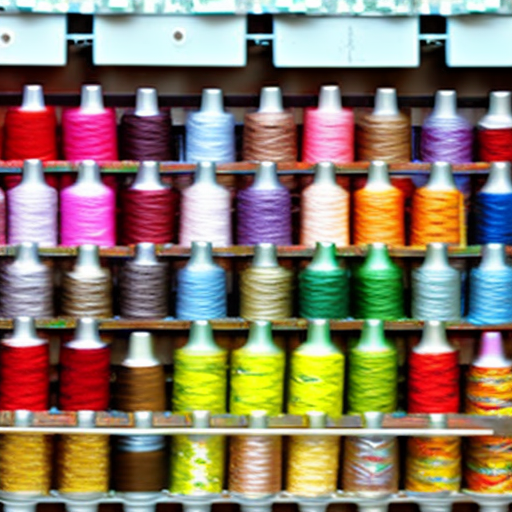
Sewing can be a soothing and creative activity, but nothing can ruin the experience faster than having your thread constantly bunching up underneath your fabric. This frustrating issue can lead to messy stitches, uneven tension, and overall unsatisfactory results. If you’ve been struggling with this problem, don’t worry – we’ve got some tips and tricks to help you resolve it.
1. Check Your Thread Quality
One common cause of thread bunching is using poor-quality or old thread. Low-quality threads tend to have irregular thicknesses and often lack the necessary strength to withstand the tension of sewing machines. Investing in high-quality threads specifically designed for sewing can make a significant difference in preventing thread bunching.
2. Use the Correct Thread Weight
Another factor to consider is the weight of the thread. Using a thread that is too heavy for your fabric can increase the chances of bunching. Thicker threads are better suited for heavy-duty fabrics like denim, while lighter threads work best for lightweight and delicate fabrics such as silk or chiffon. Make sure to match the thread weight with the fabric you are working with.
3. Adjust the Thread Tension
Incorrect thread tension is a common culprit behind thread bunching. Too much tension can cause the thread to bunch up, while too little tension can result in loose stitches. Experiment with adjusting the tension dial on your sewing machine. Start by setting it to the default position, then gradually increase or decrease the tension until you achieve balanced stitches without any bunching.
4. Check the Bobbin
The bobbin, which holds the lower thread, can also contribute to thread bunching. Ensure the bobbin is inserted correctly, without any tangles or loose threads. If the bobbin is not inserted properly, it can disrupt the thread flow and lead to bunching. Additionally, regularly clean the bobbin area to remove lint or debris that may affect the thread’s movement.
5. Replace the Needle
A dull or damaged needle can cause thread to bunch or break. It’s important to use a fresh, high-quality needle suitable for your fabric type. Needles wear out over time, so be sure to replace them regularly, especially if you notice any issues with thread bunching or skipped stitches.
6. Maintain Proper Machine Maintenance
Keeping your sewing machine properly maintained is essential for smooth stitching. Regularly clean and oil your machine, following the manufacturer’s instructions. A well-maintained machine will ensure the smooth flow of the thread while reducing the chances of bunching or any other sewing issues.
7. Sew at a Steady Pace
Lastly, sewing technique can contribute to thread bunching. Sewing too quickly or jerking the fabric can disrupt the thread’s flow, leading to uneven stitches and bunching. Take your time, maintain a steady pace, and let the machine feed the fabric smoothly. This will help prevent any excessive tension on the thread that could result in bunching.
By implementing these tips and tricks, you can hopefully say goodbye to the frustration of thread bunching during your sewing projects. Remember to use high-quality threads, match the thread weight with your fabric, adjust the thread tension, check the bobbin, replace the needle when necessary, maintain your sewing machine, and sew at a steady and consistent pace. Happy sewing!





Tried rethreading my machine but it still won’t work
Ashley Jensen: Make sure you’re using the right tension setting!
Veronica Cunningham: Consult your manual or look up online tutorials to make sure you’re using the right needle and thread for your project – bunched thread could be a sign of improper needle size or weight!